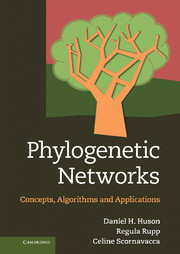What is this book?
This book aims to convey the fundamentals of bioinformatics to life science students and researchers. It aims to communicate the computational ideas behind key methods in bioinformatics to readers without formal college-level computational education. It is not a “recipe book”: it focuses on the computational ideas and avoids technical explanation on running bioinformatics programs or searching databases. Our experience and strong belief are that once the computational ideas are grasped, students will be able to use existing bioinformatics tools more effectively, and can utilize their understanding to advance their research goals by envisioning new computational goals and communicating better with computational scientists.
The book consists of self-contained chapters each introducing a basic computational method in bioinformatics along with the biological problems the method aims to solve. Review questions follow each chapter. An accompanying website (www.cambridge.org/b4b) containing teaching materials, presentations, questions, and updates will be of help to students as well as educators.
Who is the audience for the book?
The book is aimed at life science undergraduates; it does not assume that the reader has a background in mathematics and computer science, but rather introduces mathematical concepts as they are needed. The book is also appropriate for graduate students and researchers in life science and for medical students. Each chapter can be studied individually and used individually in class or for independent reading.
Why this book?
In 1998, Stanford professor Michael Levitt reflected that computing has changed biology forever, even if most biologists did not know it yet.
